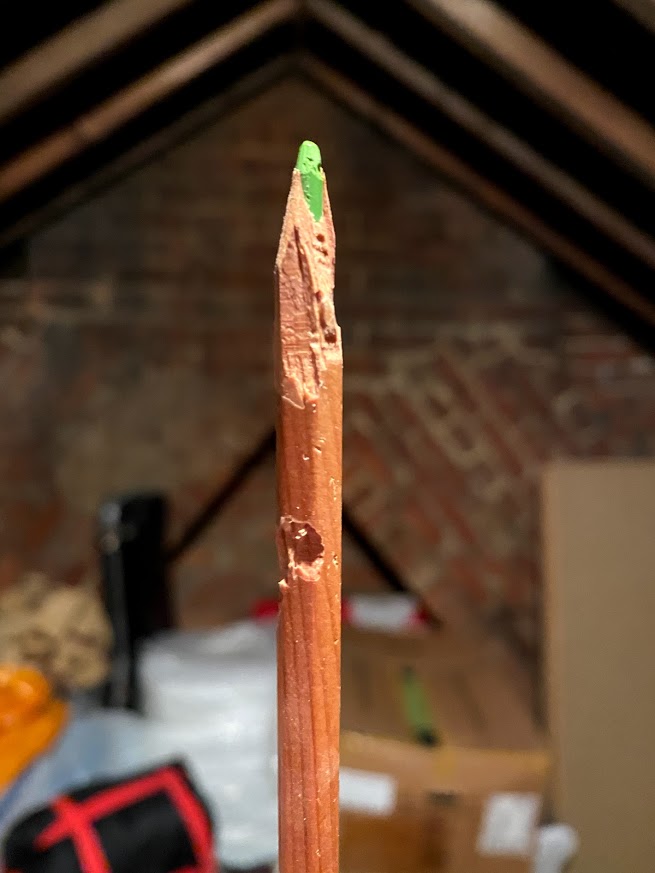As the weather gets warmer and the flowers start to bloom, you may find yourself encountering more buzzing insects in your garden or on walks. While some of these insects may be harmless, others could pose a threat if you mistake them for a friend rather than a foe. Bee and Wasp species identification is important; before calling Mission Pest Control, please make sure that it is not Bees. We have a strict no-harm policy for bees and we wont destroy them!
Two of the most common flying insects in the UK are bees and wasps, and telling the difference between the two can be important for your safety and the safety of the insects themselves. In this blog, we’ll go over how to identify British bee and wasp species.
Bee and Wasp Species Identification
Bees species and identification:
Identifying bees Bees are generally plump and fuzzy, with round bodies and long, slender antennae. They are often brightly coloured, with shades of yellow, black, and brown. Bees are usually not aggressive and will only sting if they feel threatened or provoked. Bees have a unique body shape that can help you tell them apart from wasps. Their bodies are usually rounder and more compact than wasps, with less distinct waists. Some of the most common bee species in the UK include:

- Honeybee – honeybees have a yellow and black striped body and are often seen collecting pollen from flowers.
- Bumblebee – bumblebees are larger than honeybees and have a furry, round body that is often black and yellow, although some species may have orange, white, or red markings as well.
- Solitary bee – solitary bees are smaller than honeybees and bumblebees and are often black or metallic in colour. They do not live in colonies like honeybees and bumblebees, but instead, each female builds and cares for her own nest.
Wasp species and identification:
Identifying wasps Wasps are generally slimmer and more streamlined than bees, with distinct, narrow waists. They are usually brightly coloured, with black and yellow stripes or patches. Unlike bees, wasps can be aggressive and will sting multiple times if they feel threatened. Some common wasp species in the UK include:

- Common wasp – common wasps have black and yellow stripes on their bodies and are often seen scavenging for food.
- Paper wasp – paper wasps have a slender body with distinct, reddish-brown wings. They are often found building their papery nests under eaves and other sheltered areas.
- Hornet – hornets are the largest species of wasp in the UK and have a black and yellow striped body. They are generally not aggressive unless their nest is disturbed.
How to stay safe around bees and wasps If you encounter bees or wasps:
It’s important to stay calm and avoid making sudden movements or loud noises that could startle them. If you do get stung, try to remove the stinger as soon as possible and wash the area with soap and water. Applying a cold compress can also help alleviate the pain and swelling. As always, if in doubt, call a doctor!
It’s also important to remember that bees and wasps play an important role in the ecosystem by pollinating flowers and controlling other insect populations. If you have a nest that needs to be removed, contact the BBKA to arrange for a bee keeper to come and rehome them. Click here for a link to their website.
When you do have a wasp nest you need removing, please contact us to arrange for one of our team to attend.
Summary:
Telling the difference between British bee and wasp species can help you stay safe and appreciate these important insects. By familiarizing yourself with the unique characteristics of bees and wasps, you can better understand and coexist with these fascinating creatures.


